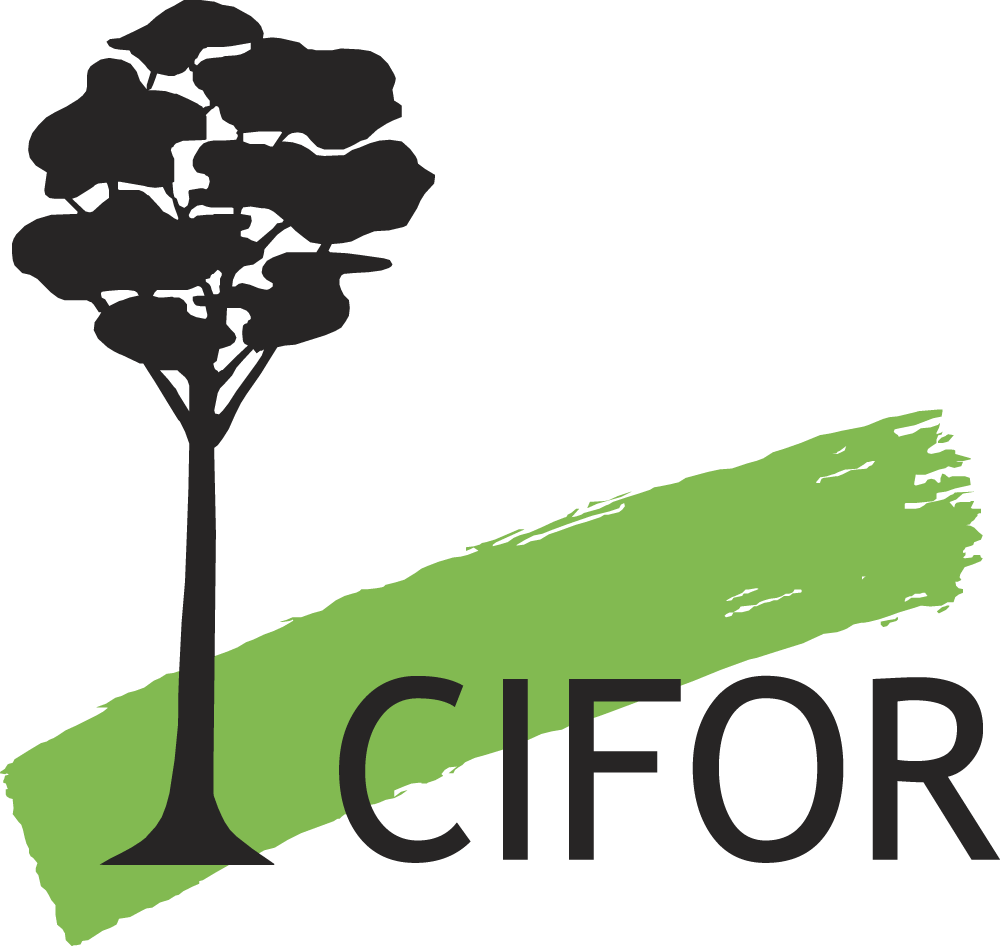Focal point
Location
The Center for International Forestry Research (CIFOR) is a non-profit, scientific facility that conducts research on the most pressing challenges of forest and landscapes management around the world. With our global, multidisciplinary approach, we aim to improve human well-being, protect the environment, and increase equity. To do so, we help policymakers, practitioners and communities make decisions based on solid science about how they use and manage their forests and landscapes.
Capacity building, collaboration and partnerships are essential to finding and implementing innovative solutions to the challenges that the globe faces. We are proud to work with local and international partners. We are a member of the CGIAR Consortium and lead the CGIAR Research Program on Forests, Trees and Agroforestry.
Our headquarters are in Bogor, Indonesia. We have offices in 8 countries across Asia, Latin America and Africa, and we work in more than 30 countries. Contact us for more information.
Resources
Displaying 551 - 555 of 808Acompanhamento para manejo florestal comunitário na reserva de desenvolvimento sustentável Mamirauá, Amazonas, Brasil
Adaptive collaborative management of community forests in Asia: experiences from Nepal, Indonesia and the Philippines
Do trees grow on money? The implications of deforestation research for policies to promote REDD
This paper provides a brief overview of the current knowledge and data on deforestation rates, research on the causes of deforestation and forest degradation and relevant policy options. It highlights issues of particular relevance to new discussions on reduced emissions from deforestation and forest degradation (REDD) in developing countries at different stages of forest transition.
Where are the poor and where are the trees?: targeting of poverty reduction and forest conservation in Vietnam
This paper highlights the spatial linkages of forest quality with poverty incidence and poverty density in Vietnam. Most of the Vietnamese poor live in densely populated river deltas and cities while remote upland areas have the highest poverty incidences, gaps, and severities. Forests of high local and global value are located in areas where relatively few poor people live, but where the incidence, gap, and severity of poverty are strongest, and where the livelihood strategies are based on agricultural and forest activities.




